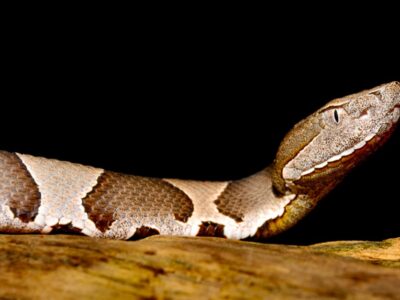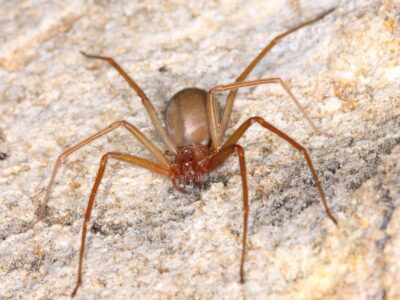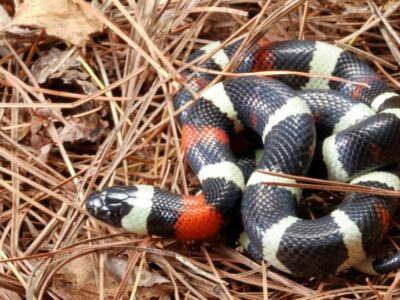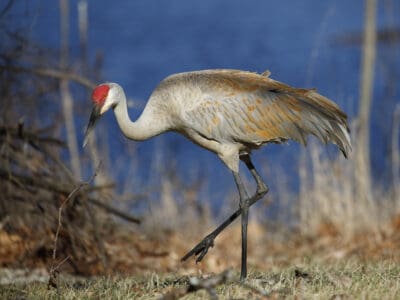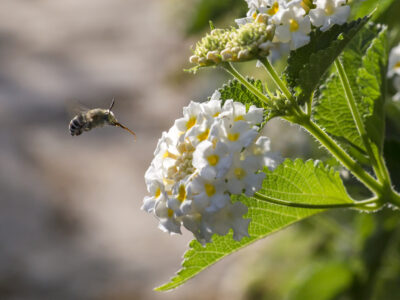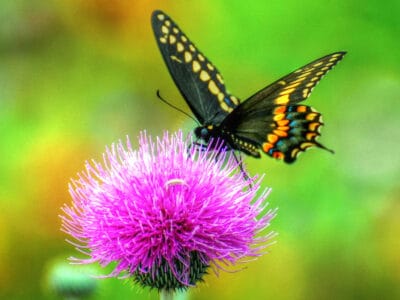Kansas is a midwestern state that borders Missouri to the east, Colorado to the west, Oklahoma to the south, and Nebraska to the north. The terrain is mostly flat land with a few gently rolling hills, but there are some rocky cliffs and dense forests in the eastern part of the state. Nicknamed the “Sunflower State,” Kansas has four distinct seasons, with hot, humid summers and severely cold winters. Its major rivers are the Missouri River, Smoky Hill River, and Arkansas River.
More than 90% of Kansas’s land is dedicated to farming. The principal farm product is wheat, but Kansas also farms soybeans, cotton, corn, and sheep. Its non-farmed areas are a mix of short and tall grass prairies. Kansas has a wide variety of animals that range from large bison to medium-sized mammals and tiny rodents. The flag of Kansas shows the state’s dedication to farming.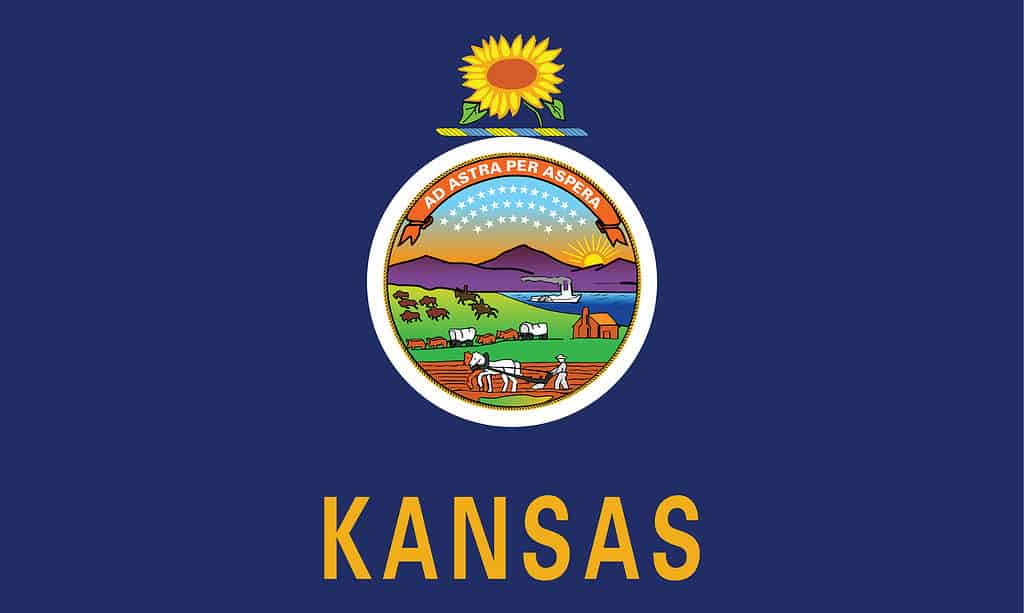
©iStock.com/bodrumsurf
Wild Animals in Kansas
Kansas has most of the animals common to other U.S. states. Its many bird species include bluebirds, red-tailed hawks, great blue herons, bald eagles, and great horned owls.
Its predators include coyotes, bobcats, and foxes. Some of its small mammals are prairie dogs, opossums, muskrats, cottontail rabbits, and raccoons.
Rodents native to Kansas include mice, pocket gophers, and groundhogs. One strange fact about Kansas is that it only has one species of squirrel, the eastern fox squirrel.
Beavers are also native to the state. After being hunted almost to extinction, beavers now have a healthy population in the state. You can see beavers and beaver dams on almost any stream in Kansas. There is a healthy number of beavers in Kansas, despite almost being hunted to extinction in the past. ©CHRISTINA RADCLIFFE/Shutterstock.com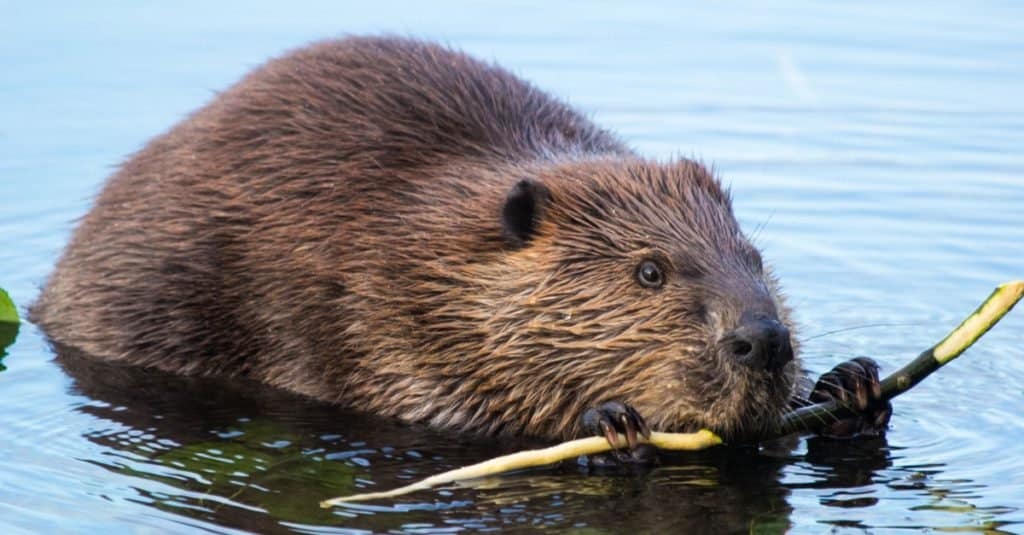
The Official Animal of Kansas
Kansas has eight official state animal symbols, with two of these living more than 80 million years ago.
The state’s official animal is the bison (Bison bison). Adopted in 1955, it’s formally listed as the American buffalo in the state record, but bison is more scientifically accurate. The bison is a popular choice for state animals, as it’s also been chosen by Oklahoma and Wyoming, and in 2016 it was designated the national mammal of the U.S.
The state bird is the western meadowlark, chosen in a statewide poll of schoolchildren in 1925 after it received close to 125,000 votes. Kansas’ state insect was also adopted due to the state’s schoolkids petitioning legislators in 1976 for the honey bee (Apis spp.) to be the official insect of the state. A sixth-grade class in Caldwell was behind the nomination for the ornate box turtle (Terrapene ornata) to be the state reptile, becoming official in 1986.
The state amphibian was named in 1994 as the barred tiger salamander (Ambystoma mavortium), also known as the western tiger salamander. In 2014, the Pteranodon (Pteranodon longiceps) was designated as the official state flying fossil and the Tylosaurus (Tylosaurus kansasensis) became Kansas’ official marine fossil. The channel catfish was adopted as the state fish of Kansas in 2018. The western meadowlark is the state bird, adopted after winning a statewide poll of schoolchildren in 1925.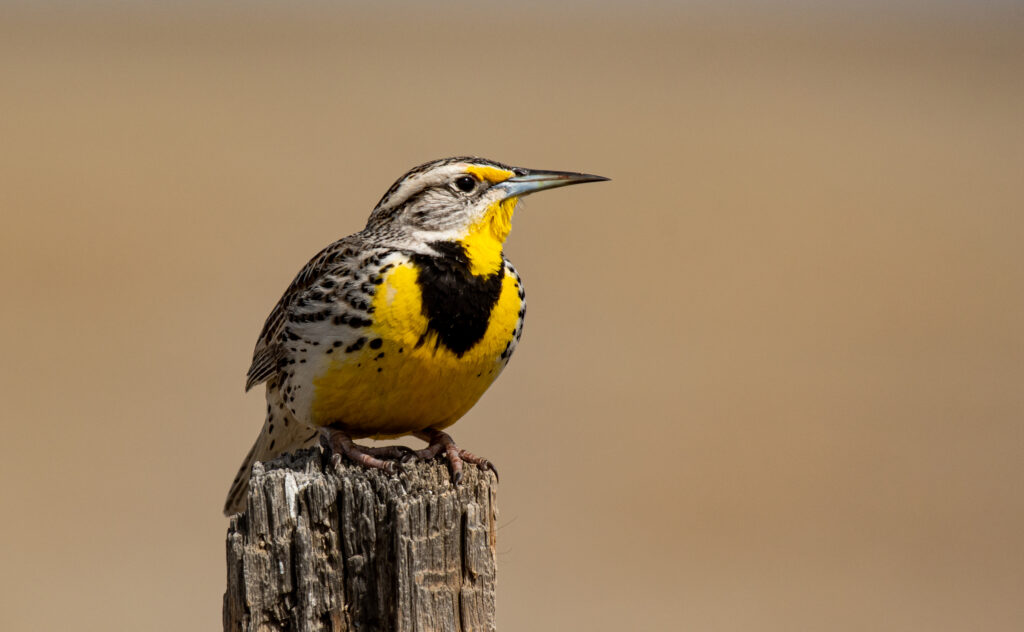
©Kerry Hargrove/Shutterstock.com
Where to Find the Top Wild Animals in Kansas
Although most of Kansas is farmland, the state has some wild areas and conservation projects that have helped conserve its unique ecosystems. Kansas has 28 state parks and several wildlife conservation areas.
- The Tallgrass Prairie National Preserve protects 11,000 acres of tallgrass prairie. Tallgrass prairie once covered 150 million acres of North America, and it was the primary grazing ground for bison and other native animals. Fewer than 4% of the country’s remaining prairies are tallgrass, and most of the remaining tallgrass is in Kansas. The preserve is the “last stand” for this important ecosystem. It is an ideal place to see bison, owls, eastern meadowlarks, coyotes, badgers and bobcats.
- Quivira National Wildlife Refuge is a large preserve that protects 34 wetlands areas, extensive marshland and 13,000 acres of sand dunes covered with prairie grasses. Another 1,500 acres are wooded. It is considered a wetlands preserve of international importance. More than 340 bird species have been spotted at Quivira. You can see some of the country’s rarest shorebirds, including whooping cranes, snowy plovers, least terns, American white pelicans, and Swainson’s hawks. It’s also a good place to see butterflies, dragonflies, muskrats and raccoons. White-tail deer frequently visit the streams inside the refuge. If you’re looking for rodents, you can spot squirrels, eastern wood rats and pocket gophers.
- The American Birding Association has named Cimarron National Grassland as one of the top 100 places for birding in the U.S. The American Bird Conservancy named it a Globally Important Bird Area. The Cimarron Grassland includes 110,000 acres of short prairie grasses. Cliffs, rivers and lakes punctuate the long, grassy stretches. It is a good place for wildlife watching, and it is one of the best places to see lesser prairie chickens. The Grassland is also an important breeding site for long-billed curlews, vesper sparrows, mountain plovers and golden eagles. You may also see elk, antelopes, coyotes and small mammals. It’s also common to see reptiles and amphibians, including the spadefoot toad, Great Plains toads, ornate box turtle and northern earless lizard.
Under the Conservation Reserve Program, some Kansas ranchers and farmers have created refuges for lesser prairie chickens. Some of them allow visits by bird watchers who want to see some of the rarest birds in the world. The Tallgrass Prairie National Preserve covers 11,000 acres of tallgrass prairie and is home to many native Kansas species.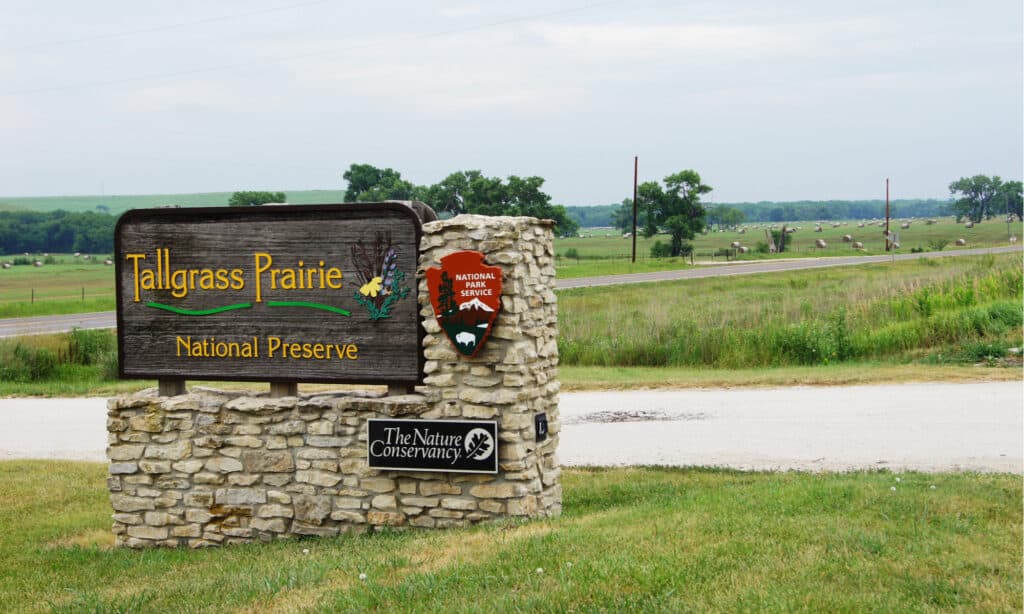
©Barbara Kalbfleisch/Shutterstock.com
The Most Dangerous Animals in Kansas Today
Although Kansas has some fierce predators, these animals primarily become a threat when at close range — enough to inflict bites that can cause injury but in many cases are not fatal.
The most dangerous animals you’ll find are snakes, spiders, and insects.
- Spiders: Kansas has black widow spiders, hobo spiders and brown recluse spiders. The black widow spider is not widespread in the state but has a potent neurotoxic venom that can cause muscle aches, chest pain, nausea, muscle tightness, cramping, difficulty breathing, and diaphragm paralysis. Around 10% of bites from brown recluses typically are dangerous and can be even fatal in some cases.
- Snakes: Timber rattlesnakes are present in the eastern fourth of the state and although they are venomous they tend to be shy and docile and it’s unlikely a bite would cause death. Copperheads, which have weak venom, and prairie rattlesnakes, whose venom is known to cause fatalities, also live in Kansas.
- Ticks: These disease-carrying parasites live in the wooded areas of Kansas. They are dangerous because of the diseases they carry. It’s common to find them on domestic and wild animals.
- Hornets: Found in the grasslands, woodlands, and forests of Kansas, hornets should be avoided especially if allergic to their venom as they can sting when unprovoked, making them dangerous. As they are able to sting continuously, it increases the amount of venom they can inject.
While there have been no reports of bisons attacking humans in Kansas, in Yellowstone National Park 25 people were injured by bison between 2000 and 2015. It’s possible that a bison could attack, throwing a person into the air using their horns and trampling the individual, particularly during mating season when the bulls can become aggressive. The Kansas Park Service for the Tallgrass Prairie National Preserve advises keeping a distance of 125 yards from bison and never running through a bison pasture.
Sightings of coyotes are fairly common in Kansas City but do not pose much danger to humans seeing as they don’t grow larger than 15-50 pounds, however they might target small pets. The black widow spider has a powerful neurotoxic venom, however is not commonly found in the state. ©Jay Ondreicka/Shutterstock.com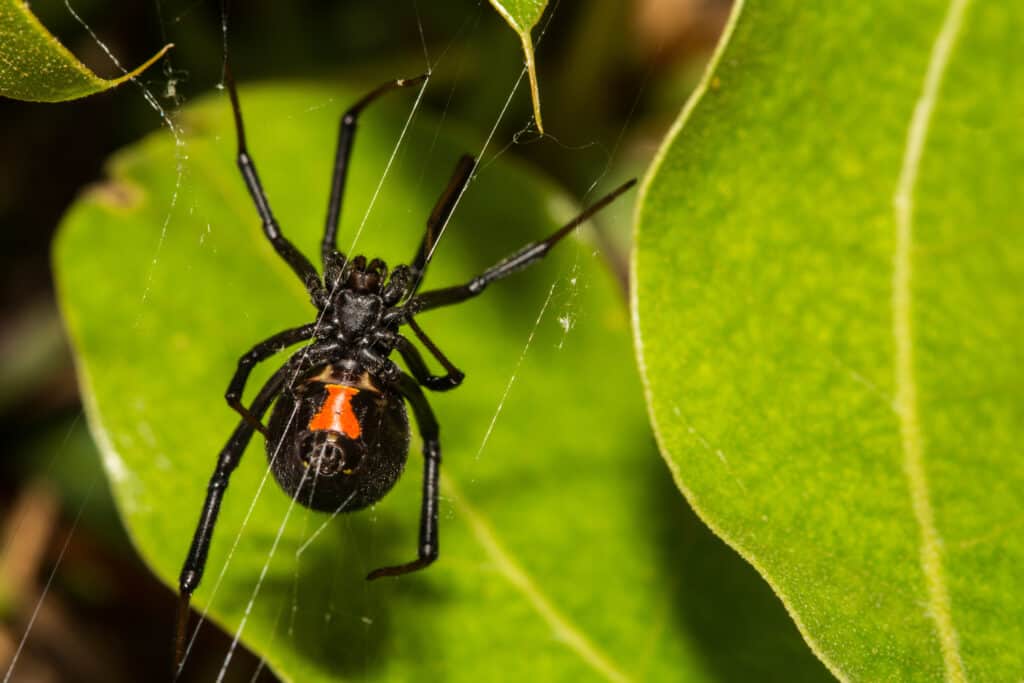
Largest Animals in Kansas
Not surprisingly, the largest animal in Kansas is its state animal: the bison. It’s the largest land animal in North America, and a male can weigh up to 2,000 pounds and grow to 6 feet tall, while a female on average can weigh 1,000 pounds and reach 5 feet tall. This huge beast was once extinct in the state by 1886 due to overhunting but conservation efforts have meant it has been successfully reintroduced in recent times. Kansas now has the fifth-largest population of bison in the U.S., with 200,000 bison in the state living in habitats including Tallgrass Prairie National Preserve and Konza Prairie.
Another large animal that can be found in the state is elk, also known as the wapiti. Weighing up to 1,300 pounds and with a shoulder height of 4 feet, 11 inches at maximum, elk were once widespread across Kansas, but settlers in the 1800s drove them out of their habitats. They have been reintroduced, and a 120-strong herd of wild elk is now present in Fort Riley.
The largest bird in Kansas is the bald eagle. Females are generally around 25% larger than males, with the male’s wingspan typically 6 feet at most, while a female’s could reach 8 feet. Females are usually 5-10 pounds heavier as well. Bald eagles are present in Kansas during winter months, with about 3,000 flying into the state each November before returning to their breeding grounds in March. A few of the best places to catch sight of them are Tuttle Creek Lake, Clinton Lake, and Milford Lake. The American Bison is Kansas’s state anima and the largest land animal in North America. ©O.S. Fisher/Shutterstock.com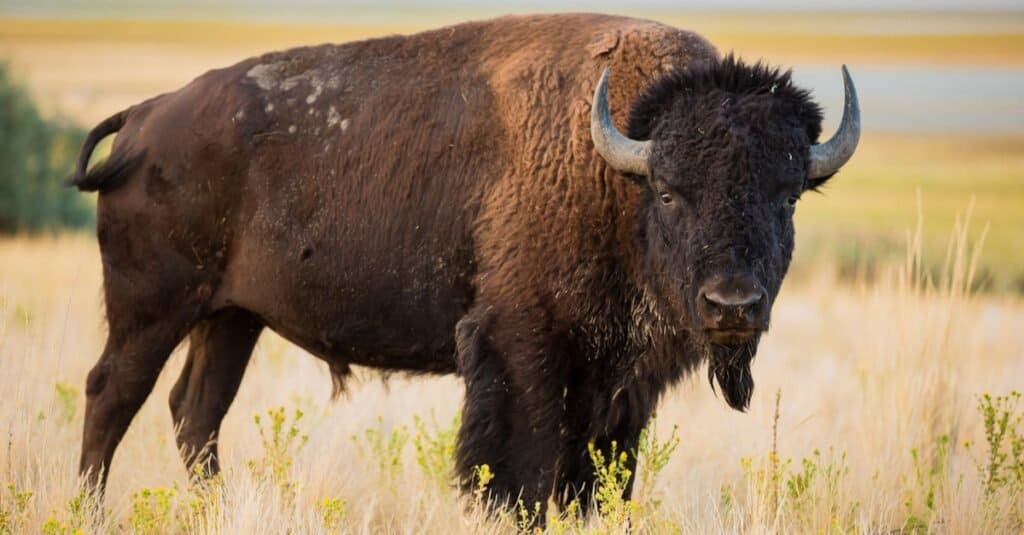
Endangered Animals in Kansas
Animal species in Kansas are at risk of becoming endangered due to habitat loss through logging and farmland conversion, environmental damage such as wildfires, pollution including river poisoning, climate change, hunting by humans and introduced diseases.
The Kansas Department of Wildlife and Parks maintains a list of native Kansas species that are in danger of extinction. The list includes 22 endangered species and 30 threatened species, the majority of which are aquatic in nature.
Some of the endangered animals in Kansas include:
- Gray bat (Myotis grisescens)
- Black-footed ferret (Mustela nigripes)
- Pallid sturgeon (Scaphirhynchus albus)
- Arkansas river shiner (Notropis girardi)
- Whooping crane (Grus americana)
- Mucket mussel (Actinonaias ligamentina)
- Cave salamander (Eurycea lucifuga).
Some of the threatened animals in Kansas are:
- Eastern spotted skunk (Spilogate putorius)
- Northern long-eared bat (Myotis septentrionalis)
- Plains minnow (Hybognathus placitus)
- Snowy plover (Charadrius alexandrinus)
- Eastern narrowmouth toad (Gastrophryne carolinensis)
- Strecker’s chorus frog (Pseudacris)
- Checkered garter snake (Thamnophis marcianus).
The lesser prairie chicken is found in Kansas as well as Colorado, Oklahoma, New Mexico, and Texas. Kansas has the largest population of these wild birds. A member of the grouse family, this striped, lovely bird was once abundant in the country’s prairies but the conversion of farmland has reduced its numbers by more than 90%.
Protecting the species has been a controversial issue in the state for years as efforts to conserve habitats can be considered a threat to farmers’, ranchers’ and energy producers’ lands and livelihoods. The state’s Conservation Reserve Program converted thousands of acres of cropland into native grasses to help save lesser prairie chickens. While this effort has increased their populations, the bird has been designated a threatened species by the U.S. Department of Fish and Wildlife. Protecting the lesser prairie chicken has been a controversial topic in Kansas. ©Rob Palmer Photography/Shutterstock.com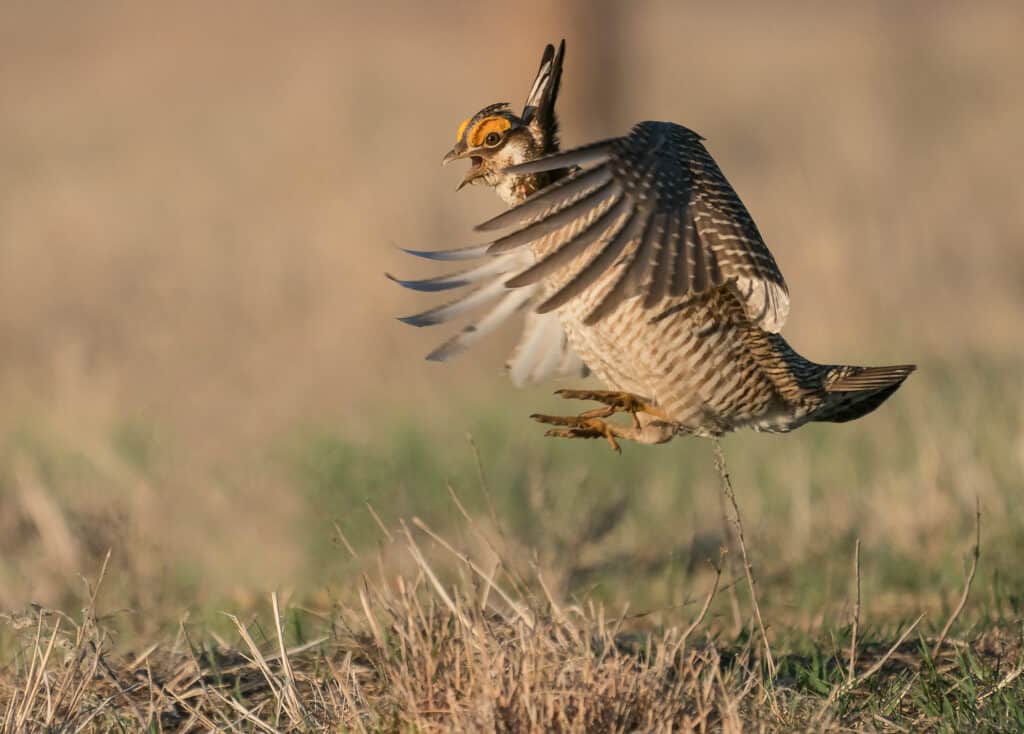
Rare Animals in Kansas
Kansas has a total of 238 species of rare animals and 400 rare plants. It is home to the rarest mammal in North America and one of the most endangered mammals in the world: the black-footed ferret. These ferrets have been rare since they were first recorded — so rare they were believed extinct until a small population of about 130 was discovered in Wyoming in 1981. They are also elusive and incredibly hard to see as they sleep up to 21 hours a day and at night hunt prairie dogs for food.
Timber rattlesnakes are rare, endangered snakes endemic to North America but their geographic range has been reduced so much they are extinct in Canada and many U.S. states. Habitat loss is a big threat to these snakes because the natural swamp and wetland areas that they live in are some of the most at-risk locations in the country. Due to their large size (growing up to 3-7 feet) and potent venom, adult timber rattlesnakes have few predators, however baby and young rattlesnakes can become prey for larger predators.
The Topeka shiner (Notropis topeka) gets its name from the region in the state where they are found. These freshwater minnows are possibly the smallest of any of Kansas’s endangered species as they only reach 1-2 inches in size. They have been endangered since 1998 primarily due to the deterioration of their habitat’s water quality through rural and urban waste.
Due to the least tern (Sterna antiallarum) being a transient species in Kansas, it may be a rare opportunity if you spot one. This tern breeds in North America but spends the winters in Central and South America. It’s regarded as an endangered animal in the state because its colonies have been destroyed and falling prey to predators such as coyotes, herons, bobcats, owls, and hawks.
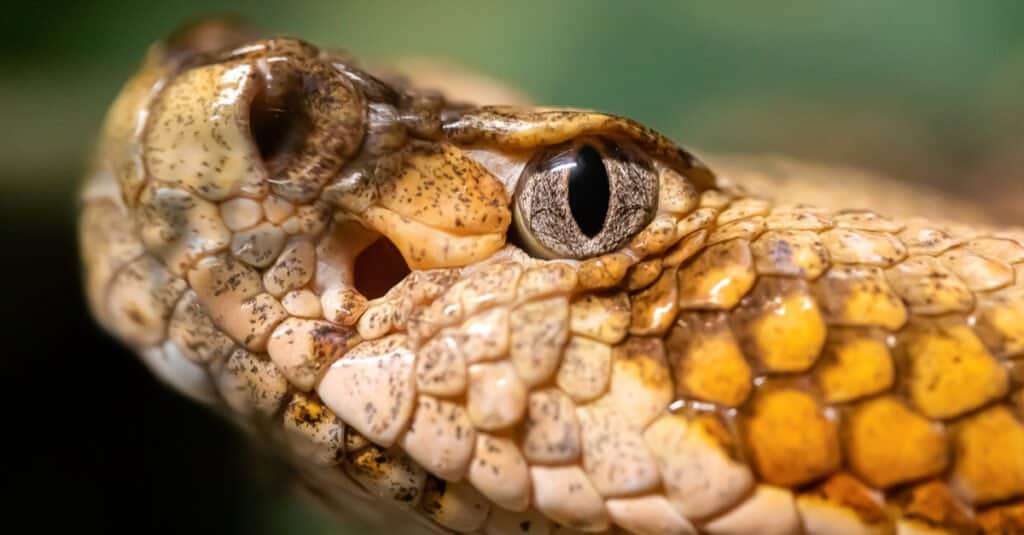
The timber rattlesnake is an endangered venomous snake species that can be found in Kansas.
©Scott Delony/Shutterstock.com
Native Plants in Kansas
Kansas is home to a wide variety of native plants, including several species of oak, hickory, and maple. These plants are well-adapted to Kansas’ climate and growing conditions and provide essential habitats and food to various wildlife species.
Although much of the state is farmland and 95 % of forests in Kansas are private, it still has wild, unspoiled areas, including grasslands and wetlands ecosystems that are unique in the world.
The state contains rare and endangered plant species such as the milkweed and orchid.
Some plants native to Kansas include:
- American hophornbeam (Ostrya virginiana), also known as the ironwood tree
- Hackberry (Celtis occidentalis), also known as the nettle tree
- White oak (Quercus alba)
- Northern red oak (Quercus rubra), also known as the champion oak
- Eastern red cedar (Juniperus virginiana), also known as red juniper or fragrant cedar
- American sycamore (Platanus occidentalis)
- White fringe tree (Chionanthus virginicus), also known as the granny graybeard or old man’s beard
- Green ash (Fraxinus pennsylvanica), also known as red ash or swamp ash
- Kentucky coffee tree (Gymnocladus dioicus).
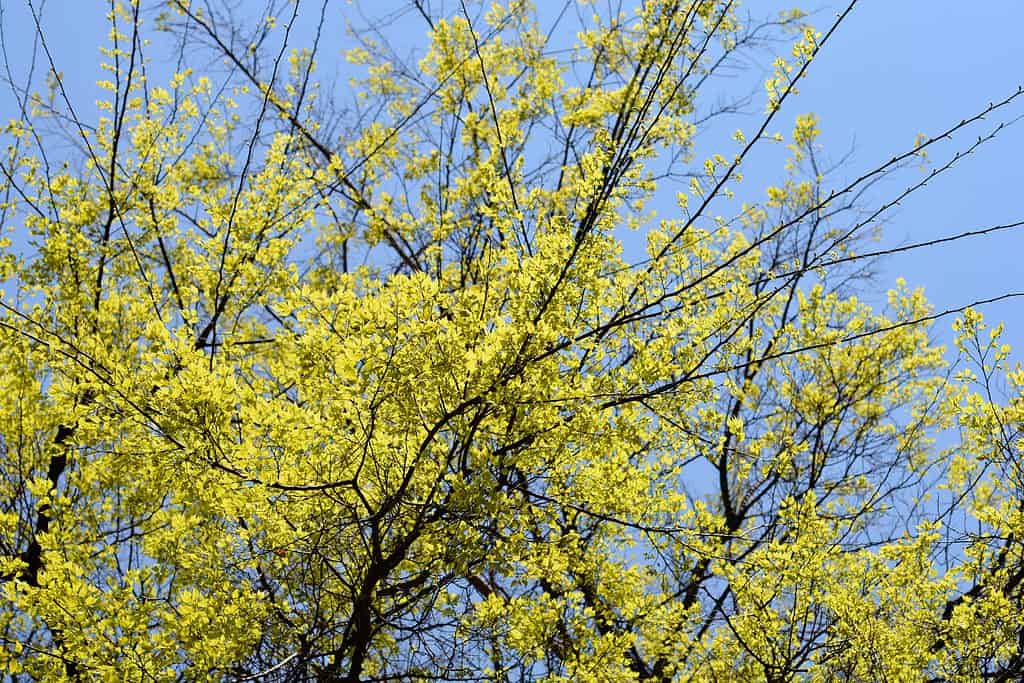
Native to Kansas, the hackberry is also known as the nettle tree.
©Nahhana/Shutterstock.com
The Coldest Place in Kansas
While Kansas is not one of the coldest states in the U.S. temperatures can easily reach freezing during winter. With lows statewide generally ranging between 37 to 46 degrees °F, it receives an annual 19 inches of snowfall on average.
The coldest place in Kansas is Colby located in the northwestern region of the state. Colby has an average low temperature of 37°F and receives an average of 26 inches of snow per year.
The coldest temperature ever recorded in the state was -40 degrees °F in Lebanon in 1905. Colby, in the northwestern region of Kansas, is the coldest place in the state.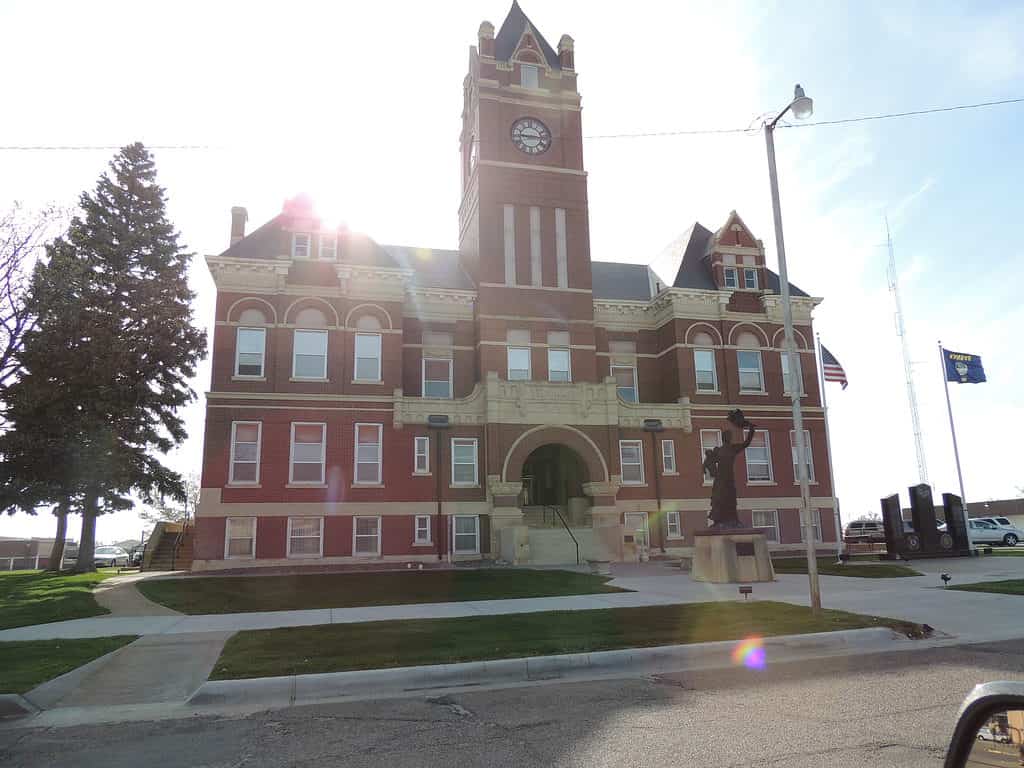
©Richard Bauer, CC BY 2.0 <https://creativecommons.org/licenses/by/2.0>, via Wikimedia Commons – License
Kansan Animals
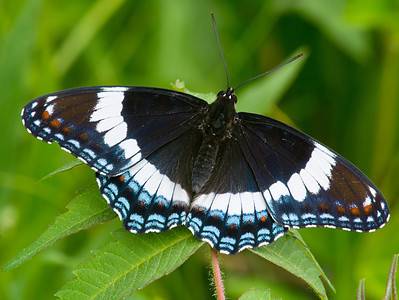
Admiral Butterfly
Stunningly beautiful wings
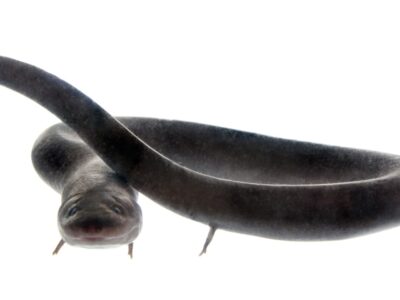
American Eel
Don't eat raw eel! Their blood is poisonous to humans when consumed raw.
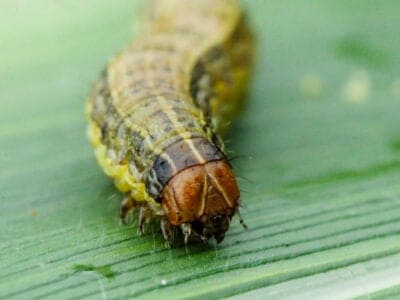
Armyworm
They are so named because they "march" in armies of worms from one crop to another in search of food
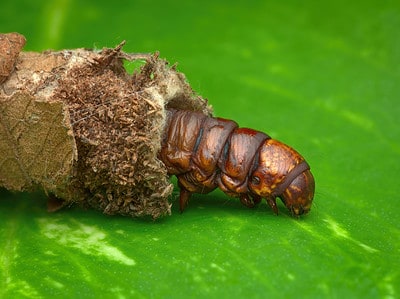
Bagworm Moth Caterpillar
They continually enlarge their protective cases
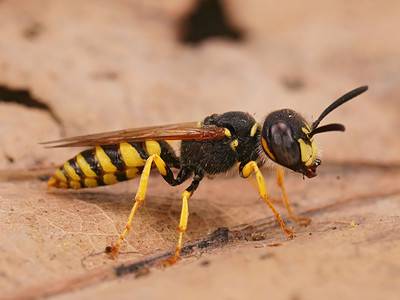
Beewolf wasp
They hunt bees
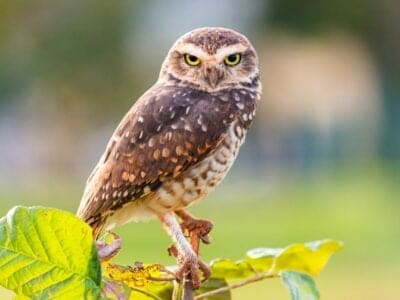
Burrowing Owl
The burrowing owl lives in underground burrows
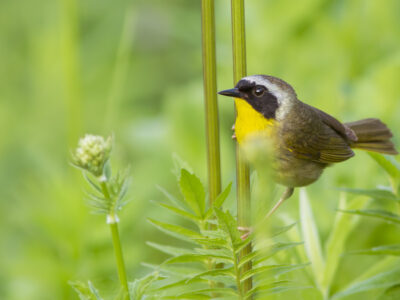
Common Yellowthroat
The Common Yellowthroat stays close to the ground and uses stealth to survive!
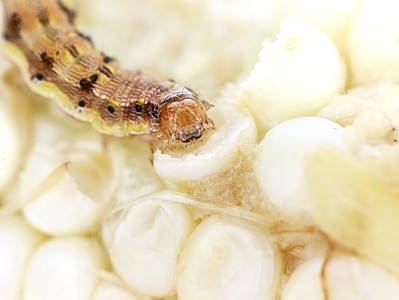
Corn Earworm
The corn earworm is capable of devouring an entire crop in just a few days
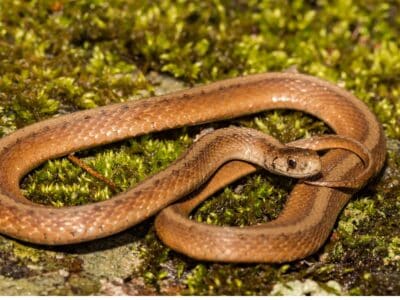
De Kay’s Brown Snake
They have specialized jaws for removing snails from shells.
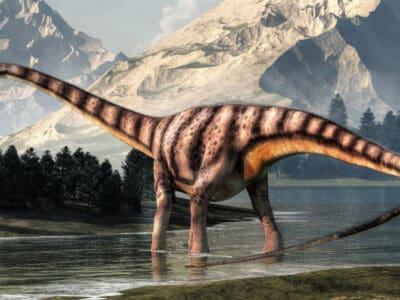
Diplodocus
Their long tales could have been used as a whip!
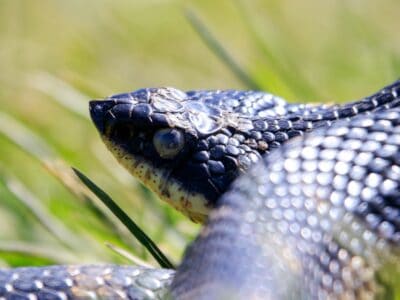
Eastern Hognose Snake
Eastern hognose snakes are venomous, but only to frogs and toads.
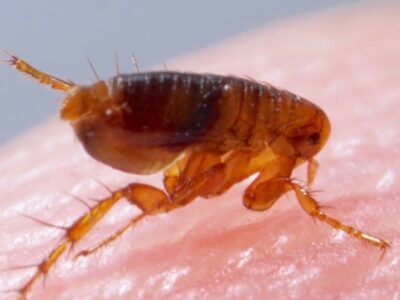
Flea
Adult fleas can jump up to 7 inches in the air
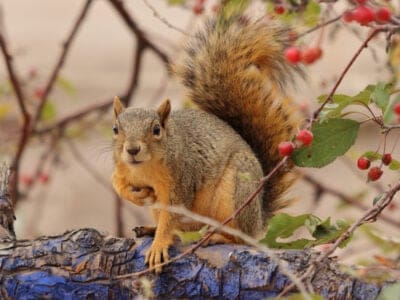
Fox Squirrel
Although it is a tree squirrel, it spends most of its time on the ground.
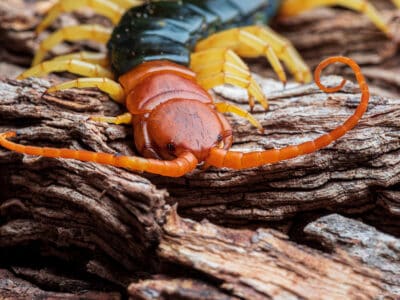
Giant Desert Centipede
They are the largest centipede in North America
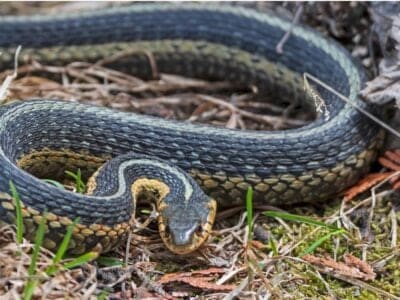
Grass Snake
Use acute hearing to hunt
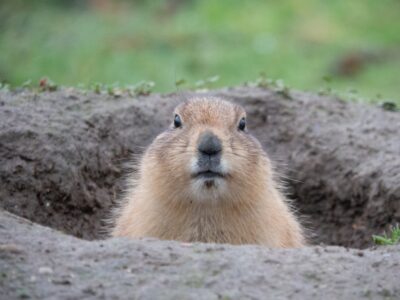
Groundhog (Woodchuck)
They whistle to each other to warn of approaching danger!
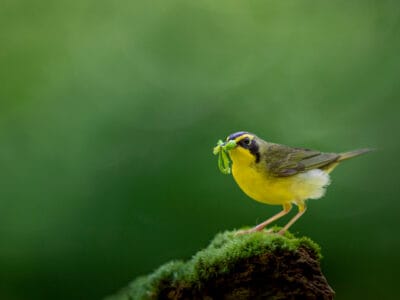
Kentucky Warbler
The Kentucky Warbler appears to wear bright yellow cat-eye glasses!
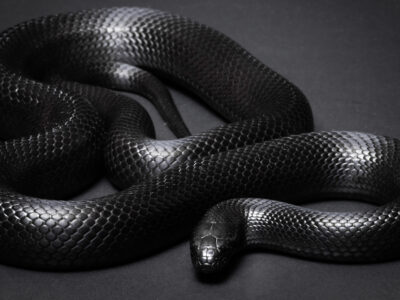
King Snake
King Snakes eat other types of snakes.
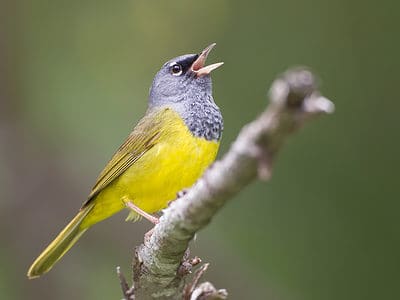
MacGillivray’s Warbler
The complicated story of how MacGillivray’s Warblers got their name involves three ornithologists, a physician and a compromise.
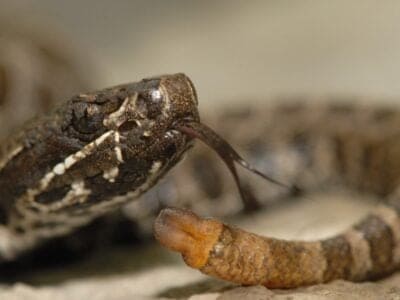
Massasauga
The name “Massasauga” comes from the Chippewa language, meaning “Great River Mouth”.
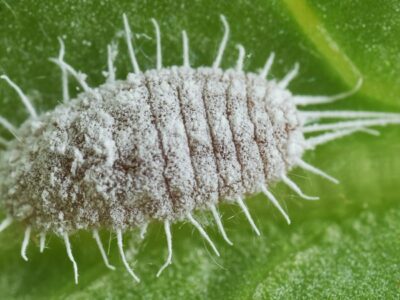
Mealybug
They have a symbiotic relationship with ants.
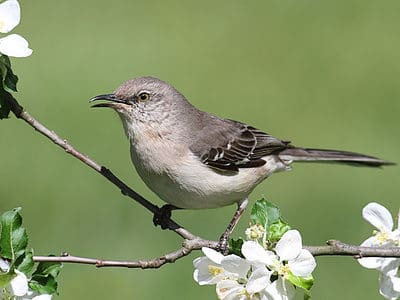
Mockingbird
Mockingbirds are incredible mimics that can learn hundreds of songs!
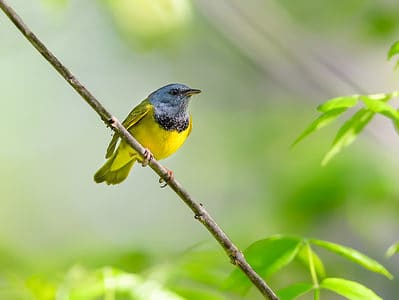
Mourning Warbler
The Mourning Warbler was named for its gray head, which resembles a mourning veil!
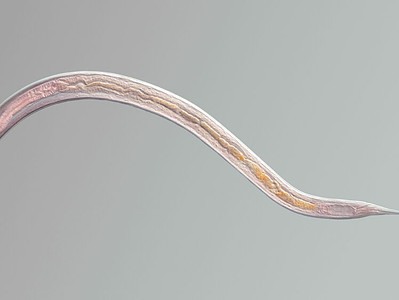
Nematode
Nematodes range in size from 1/10 of an inch to 28 feet long
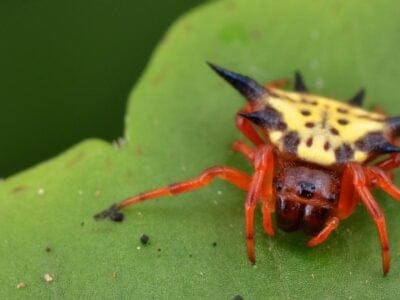
Orb Weaver
Females are about four times the size of males
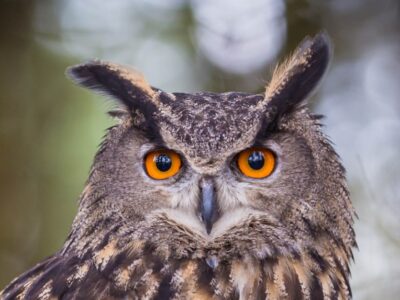
Owl
The owl can rotate its head some 270 degrees
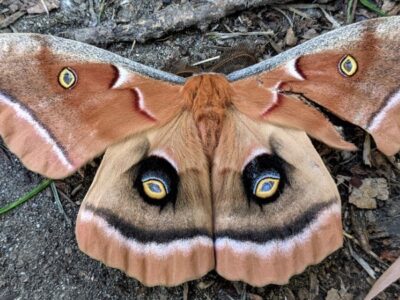
Polyphemus Moth
The Polyphemus moth doesn’t and can't eat, except when it's a caterpillar!
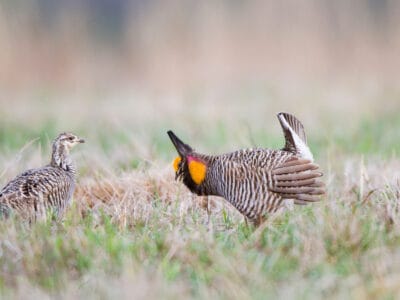
Prairie Chicken
They inflate their orange neck patches during their mating displays

Rat Snakes
Rat snakes are constrictors from the Colubridae family of snakes.
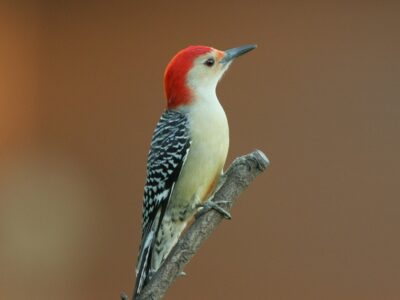
Red-Bellied Woodpecker
Red-Bellied Woodpeckers will often steal the nests of other birds.
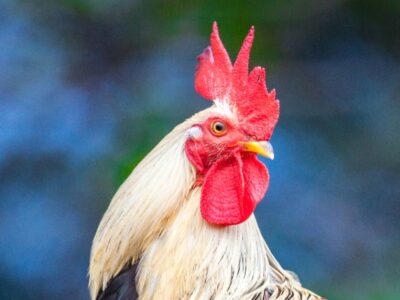
Rooster
Will mate with the entire flock!
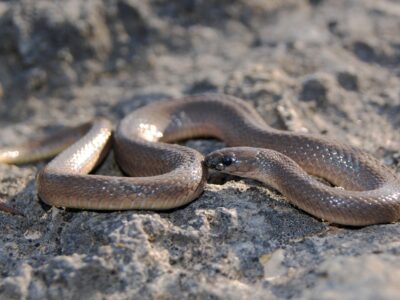
Rough Earth Snake
It has a pointed snout that is uses to burrow into moist soil.
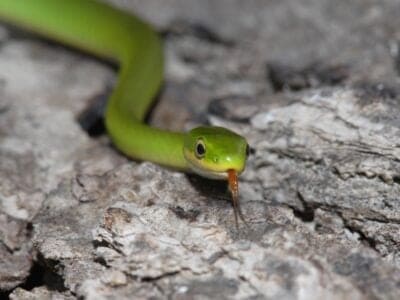
Rough Green Snake
Rough green snakes are great pet snakes because they're low-maintenance.
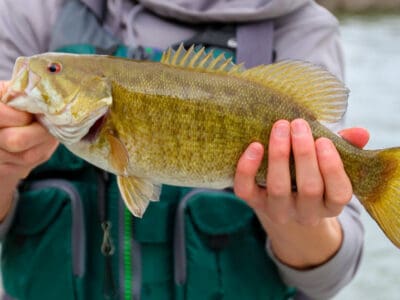
Smallmouth Bass
A fierce fighter!
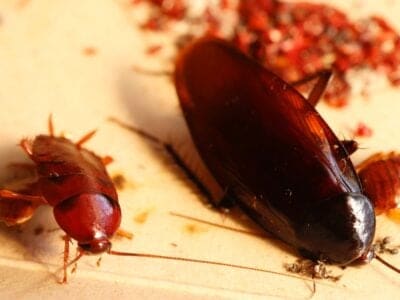
Smokybrown Cockroach
Has up to 45 eggs per egg case
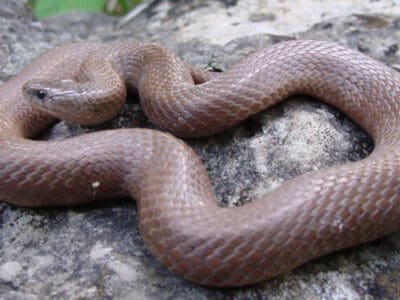
Smooth Earth Snake
Valeria Biddle Blaney (1828-1900) collected the first specimen in Maryland.
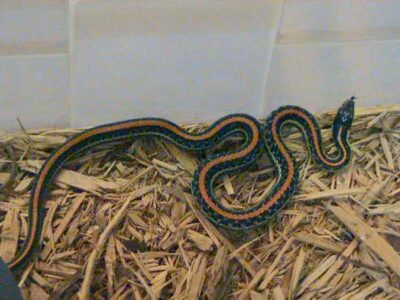
Texas Garter Snake
These snakes defensively emit a foul-smelling musk if you handle them!
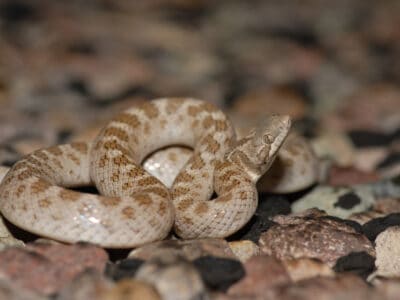
Texas Night Snake
The Texas night snake has vertical pupils to help it see better at night.
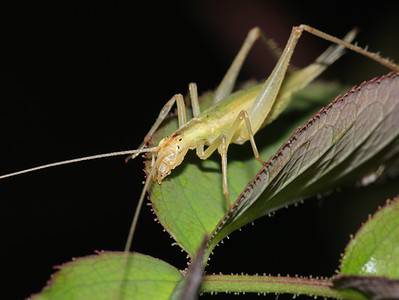
Tree Cricket
They make music with their wings
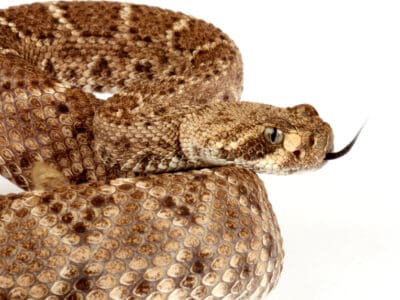
Western Diamondback Rattlesnake
They replace their fangs 2-4 times per year!
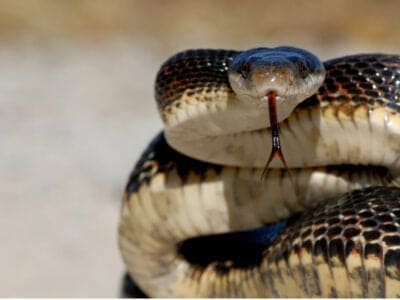
Western Rat Snake
Western rat snakes have special scales on their belly that help them climb up trees.
Kansan Animals List
- Admiral Butterfly
- Agkistrodon Contortrix
- American Eel
- Armyworm
- Bagworm Moth Caterpillar
- Beewolf wasp
- Burrowing Owl
- Chilean Recluse Spider
- Common Yellowthroat
- Corn Earworm
- De Kay’s Brown Snake
- Diplodocus
- Dire Wolf
- Eastern Hognose Snake
- Flea
- Fox Squirrel
- Giant Desert Centipede
- Grass Snake
- Groundhog (Woodchuck)
- Kentucky Warbler
- King Snake
- MacGillivray’s Warbler
- Massasauga
- Mealybug
- Milk Snake
- Mockingbird
- Mourning Warbler
- Nematode
- Orb Weaver
- Owl
- Polyphemus Moth
- Prairie Chicken
- Rat Snakes
- Red-Bellied Woodpecker
- Rooster
- Rough Earth Snake
- Rough Green Snake
- Sandhill Crane
- Smallmouth Bass
- Smokybrown Cockroach
- Smooth Earth Snake
- Southeastern Blueberry Bee
- Swallowtail Butterfly
- Texas Garter Snake
- Texas Night Snake
- Tree Cricket
- Western Diamondback Rattlesnake
- Western Rat Snake
Animals in Kansas FAQs (Frequently Asked Questions)
What animals live in Kansas?
The most common wild animals include forest creatures like deer, beavers, raccoons, opossums, and rodents. Its largest predators are coyotes, bobcats, and foxes. Kansas has a small but stable population of American bison. The state has a high number of birds, including migratory birds who stop there on their way south. Many snake species, including garter snakes, live in Kansas. Kansas does not have many strange or exotic animals.
What is the Kansas state mammal?
The bison is Kansas’s official state mammal.
Are there wolves in Kansas?
There are no wolves in Kansas. The last confirmed report of a gray wolf in the state was in 2012.
What animal is endangered in Kansas?
The lesser prairie chicken is one of the rarest birds in the world. It is native to Kansas, New Mexico, and Texas, and it is critically endangered in all those states.
Black bears once lived in Kansas, but they are now extinct in the state. Occasionally, black bears may wander into Kansas from neighboring states, but there is no resident population of them.
Why is Kansas called the “Sunflower State”?
That’s not a strange nickname when you consider that Kansas is a major producer of crop sunflowers. These crop sunflowers are not the same as the wild sunflower (Helianthus annuus) that is the official state flower.
What national and state parks are in Kansas?
Kansas is home to a number of parks that include National Historic Sites, National Preserves, and Kansas State Parks. A few options include the Fort Larned National Historic Site, Tallgrass National Preserve, and Kanopolis State Park.
What spiders live in Kansas?
Some of the most common spiders in Kansas include:
- Black-footed yellow sac spider
- Garden ghost spider
- Bark crab spider
- Labyrinth orb weaver
- Texas brown tarantula
- Dotted wolf spider
- Flimsy dome spider
- Puritan pirate spider
- Prairie jumping spider
- Quasi-social cobweb spider



